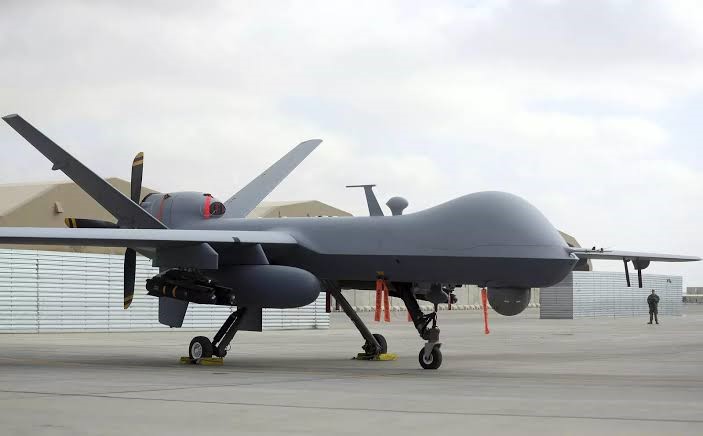Free Courses Sale ends Soon, Get It Now


Free Courses Sale ends Soon, Get It Now



Disclaimer: Copyright infringement not intended
Context: Ahead of Prime Minister Narendra Modi’s visit to the U.S. The Defence Acquisition Council approved the procurement of 31 armed MQ-9 Reaper Unmanned Aerial Vehicles (UAVs) from General Atomics.
More about the deal
About General Atomics MQ-9 Reaper
Importance of the deal
India-US defence relations
The total defence trade between the US and India grew from near zero in 2008 to over $20 billion in 2020.
Conclusion
Defence relations between India and the US are growing to new heights. However, they have minor differences over various issues. India must maintain its defence relations by ensuring self-interest and strategic autonomy.
|
PRACTICE QUESTIONS Consider the following statements about The ship named MQ-9 Repaer:
Which of the above statements are correct? Ans: 2 |
https://epaper.thehindu.com/ccidist-ws/th/th_delhi/issues/39875/OPS/GS2BC40LH.1+G5KBC4NF6.1.html
© 2024 iasgyan. All right reserved